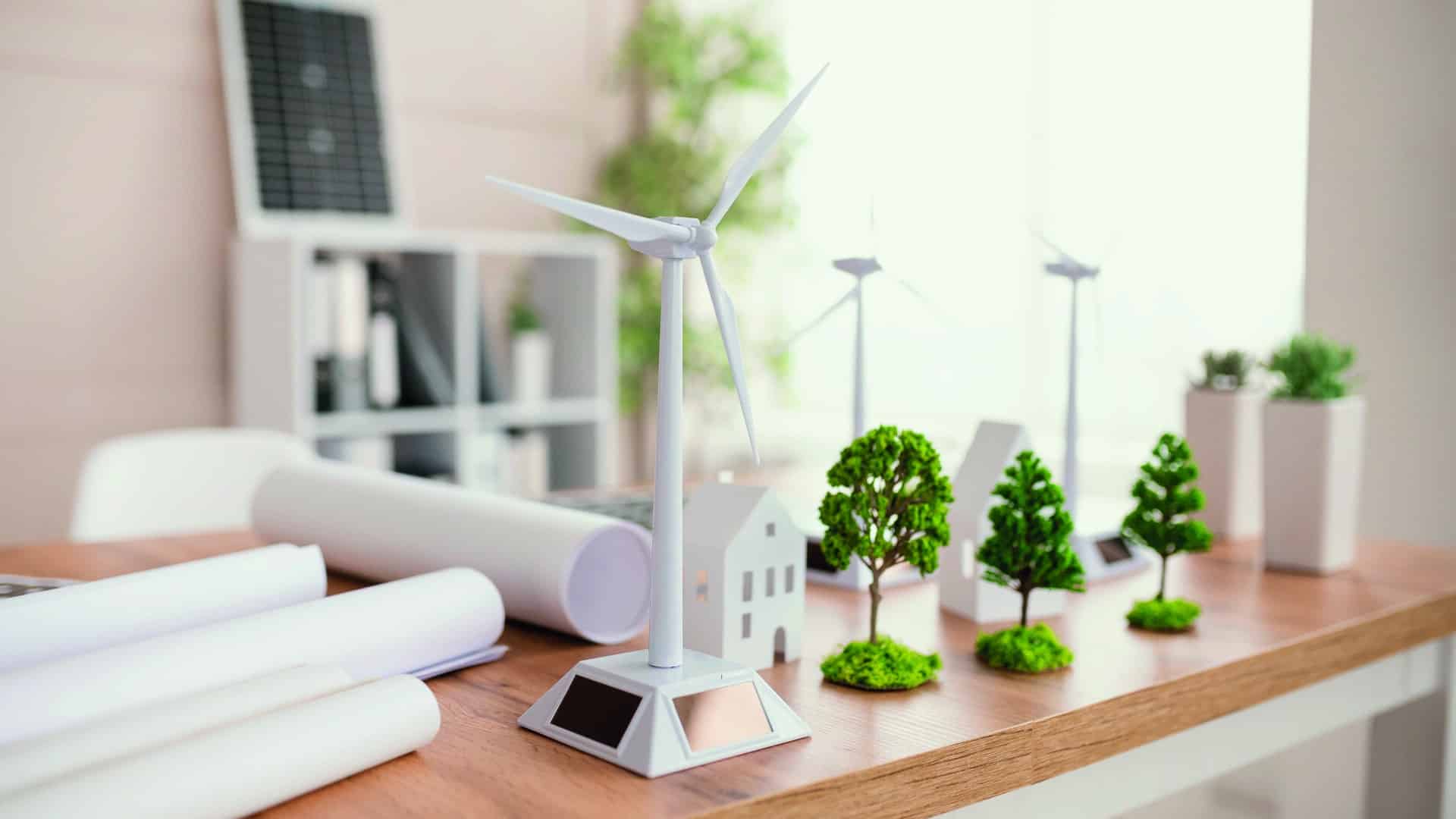Faced with the challenges of climate change and rising energy costs, energy efficiency has become a priority for businesses, employees and local authorities. Optimising energy consumption is a way of meeting carbon emission reduction targets, while improving energy efficiency and making savings on electricity and heat consumption.
The government, with the support of Ademe, has defined measures to help businesses implement an energy action plan. Every sector, be it commercial buildings, industry or the digital sector, must contribute to the transition by adopting appropriate solutions to reduce its energy consumption and limit its impact on the climate.

Published on 21 January 2025
WHITE BOOK - Energy efficiency in the workplace
Energy efficiency: a priority for businesses and local authorities
Energy sobriety is based on concrete actions aimed at optimising the use of energy in all sectors:
- Commercial buildings: reducing heating, air conditioning and lighting consumption.
- Industry: improving equipment and heat recovery for greater energy efficiency.
- Digital: optimised infrastructure management to reduce the impact of data centres and servers.
- Transport and sustainable mobility: reducing greenhouse gas emissions through innovative mobility solutions.
Every company can get involved in this CSR approach to reduce its carbon impact and contribute to the transition to a more sustainable future.
The benefits of an energy action plan
Implementing an energy efficiency plan is an essential lever for optimising consumption, reducing greenhouse gas emissions and achieving the climate targets set by Ademe and the government. Here are a few concrete benefits:
- Reduce energy costs and improve profitability.
- Optimising equipment for more efficient and sustainable consumption.
- Strengthening corporate social responsibility (CSR).
- Creating a more environmentally-friendly working environment.
An energy plan identifies the most energy-intensive items and defines priority actions to optimise energy consumption and reduce the carbon impact of buildings and infrastructure.
Adopt eco-actions for immediate energy savings
Ecogestures are simple, effective solutions for reducing energy consumption in the workplace and making energy savings. This practical guide details the best actions to adopt for each sector:
- Commerce and tourism: reducing energy consumption in buildings and optimising heating and air conditioning systems.
- Transport: introduction of mobility plans to reduce greenhouse gas emissions.
- Digital: optimised management of IT equipment and digital infrastructures to limit the impact on the climate.
Adopting these eco-actions will help to improve overall energy performance and meet environmental challenges.
An action plan to support the energy transition
To successfully implement an energy efficiency strategy, it is essential to follow a structured plan:
- Energy audit to assess current consumption.
- Definition of priority actions and objectives.
- Optimising consumption and reducing energy losses.
- Raising employee awareness of climate issues.
In this way, each sector can contribute to the ecological transition and reduce its greenhouse gas emissions. Energy sobriety is a collective challenge, but also an opportunity for businesses to innovate, improve their energy efficiency and make significant savings.
Nexelec sensors for energy efficiency
To optimise energy sobriety, companies need solutions. Nexelec sensors play a key role in reducing energy consumption and improving energy efficiency. This equipment makes it easier to :
- Optimise the use of heating, air conditioning and lighting in commercial buildings.
- Monitor energy consumption in real time to adjust actions according to actual needs.
- Detect anomalies and anticipate consumption drifts in order to limit carbon emissions and make energy savings.
Nexelec sensors can also be used to monitor temperature, humidity and indoor air quality, contributing to better management of climate issues and the creation of a sustainable working environment for employees.
This news may interest you
Nexelec's news
